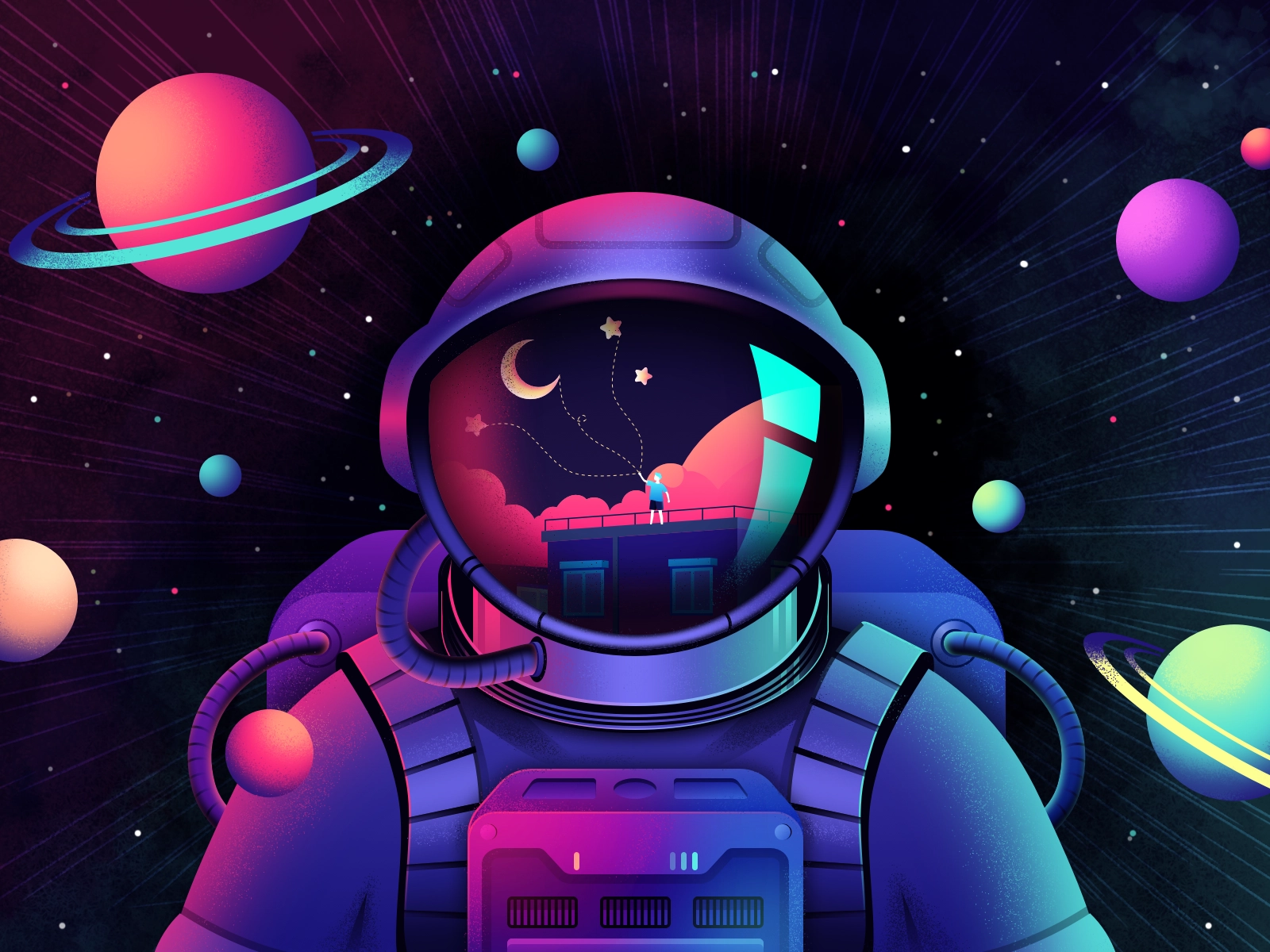Astronomers have published an image of a rare phenomenon captured by the James Webb Telescope (JWST). What at first glance appears to be an oddly shaped galaxy is actually a cosmic mirage known as an Einstein ring.

Einstein rings occur when light from a very distant object is bent (or lensed) around a closer massive object that acts as a lens. This is possible because space-time is curved by mass, and hence light passing through it is also curved. Such an effect is too subtle to be observed on a local level, but sometimes it becomes clearly visible when astronomical scales are involved. For example, when the light from one galaxy bends around another galaxy or cluster of galaxies.
This is exactly what can be seen in the image provided. What at first glance appears to be one oddly shaped galaxy is actually two galaxies separated by a great distance. The close foreground galaxy is in the center of the image, while the light from the more distant galaxy in the background wraps around it to form a ring.
When the lensed object and the lensing object are perfectly aligned with the Earth (as in this case), we see a full circle. If the alignment is not perfect, the circle will be broken. Such gravitational lenses provide an ideal laboratory for studying distant galaxies too dim and distant to be seen under ordinary circumstances by even the most powerful telescope.
The lensing galaxy at the center of the Einstein ring photographed by JWST is an elliptical galaxy, as can be seen by its bright nucleus and lack of any visible structures. It is part of the galaxy cluster SMACSJ0028.2-7537. The lensed galaxy is a spiral galaxy. Although its image is distorted, individual star clusters and gas structures can still be seen in the image.
The image of the Einstein ring was taken by JWST as part of a project aimed at tracing 8 billion years of evolution of galaxy clusters. The image also included data collected by the Hubble telescope’s two instruments, the WFC3 and ACS cameras.
According to Esawebb


